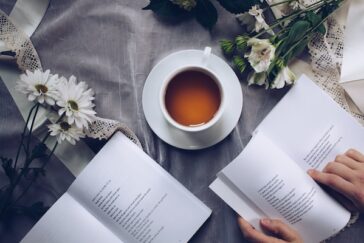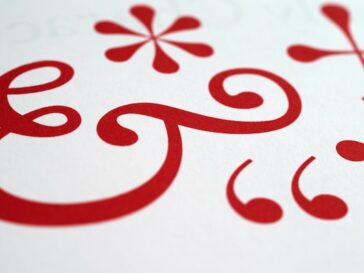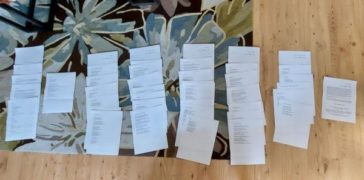Poetry Forms: Nocturnes and Aubades
I generally do not write to specific forms, and always have to look up the “rules” for villanelles, Shakespearean Sonnets, sestinas, and the like. What I truly love is free verse. However, there are many times that working within a form is liberating in that you’ve already got a set of parameters you don’t have to worry about. And, sometimes, when you’re forced to conform to a certain structure the little creative geniuses in your brain run off into territory … Read More »





